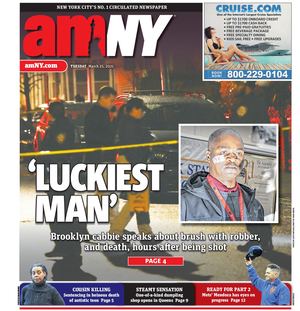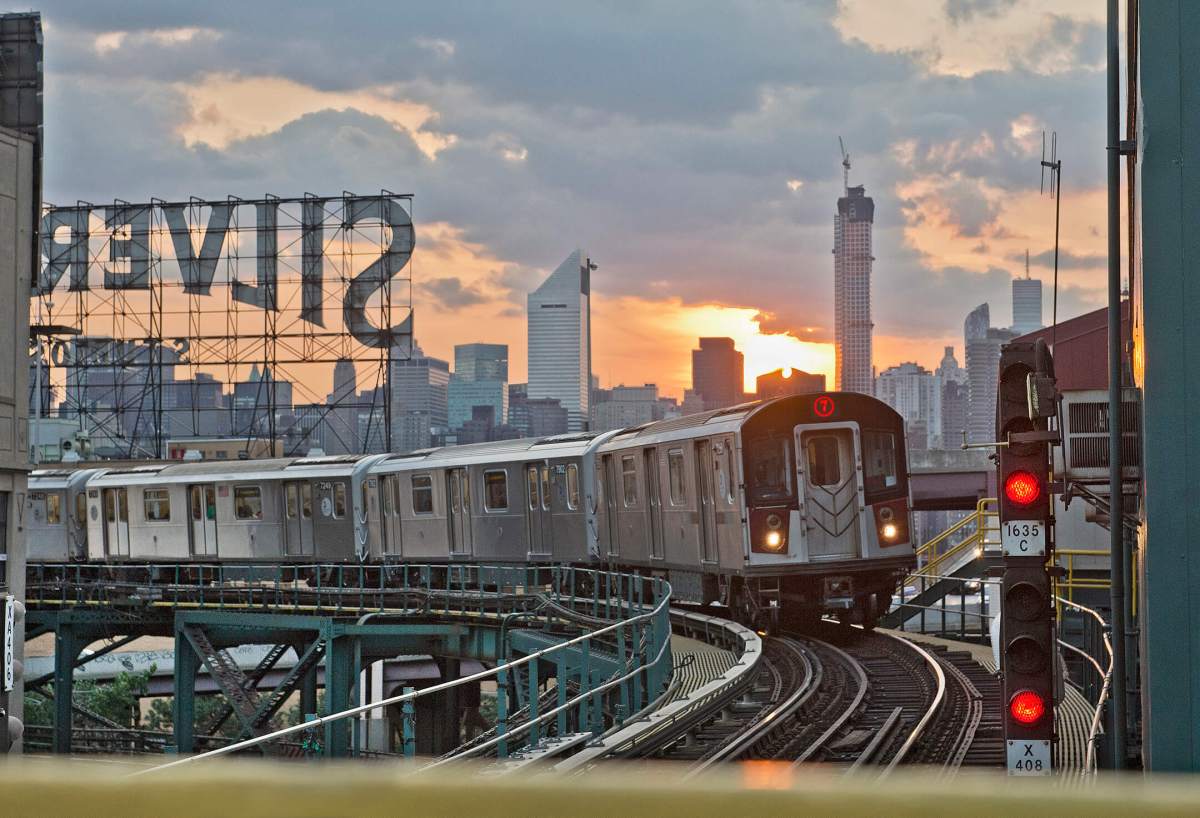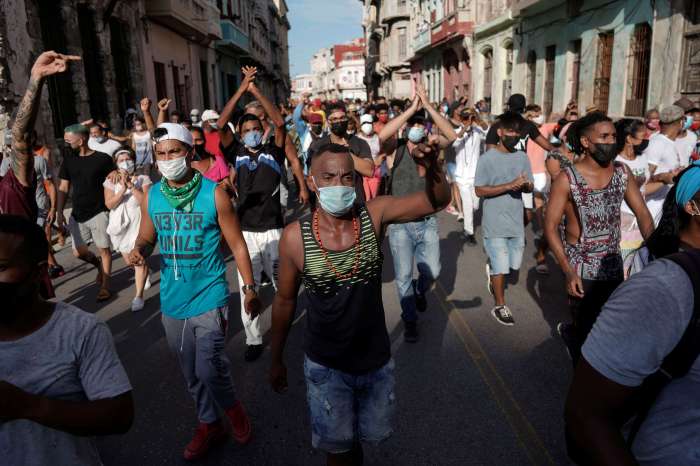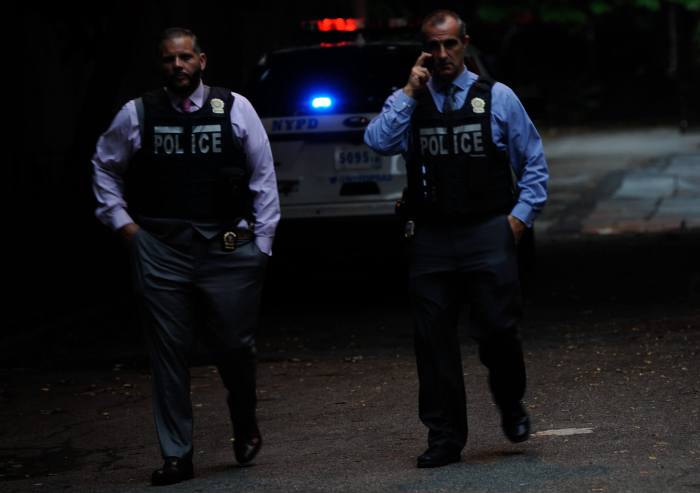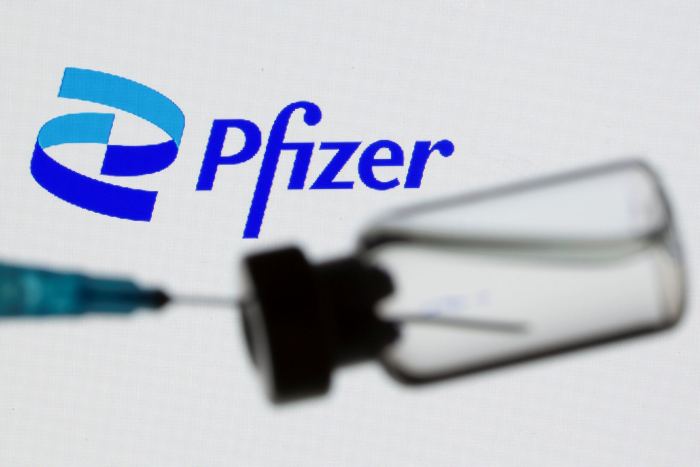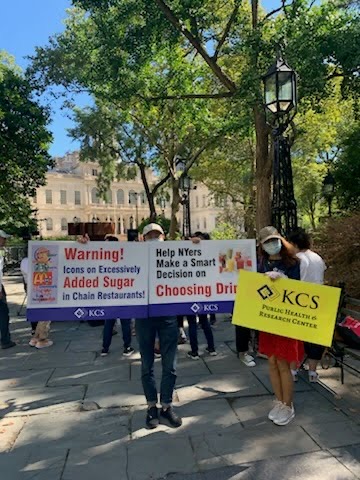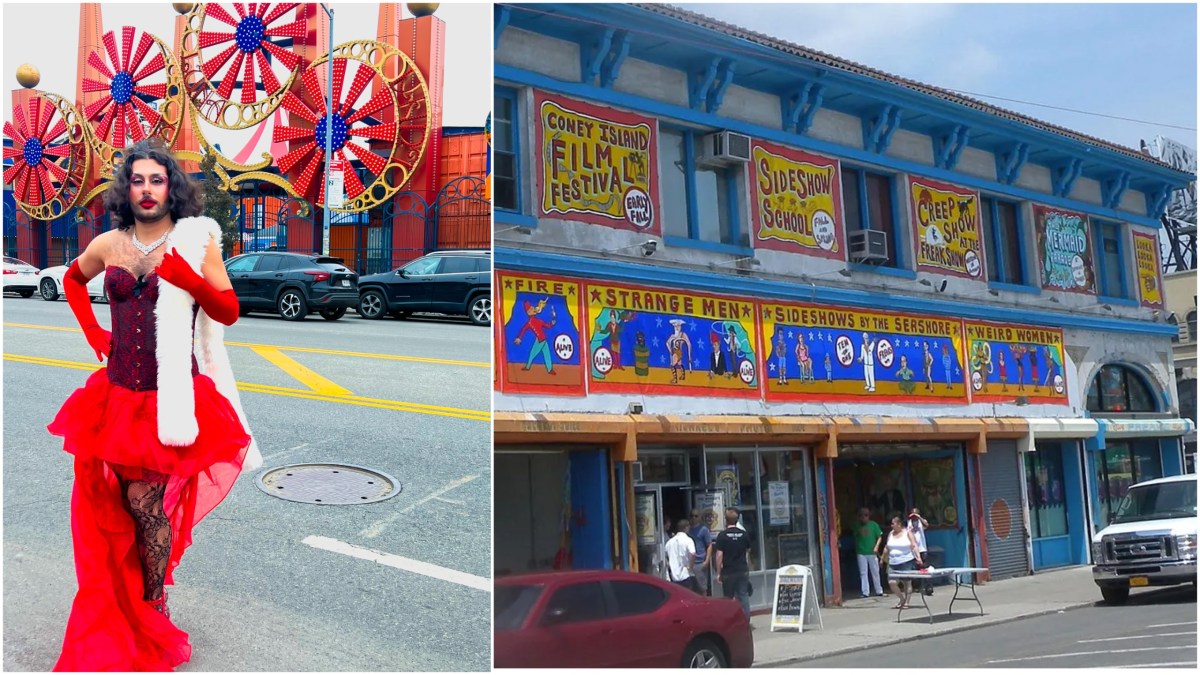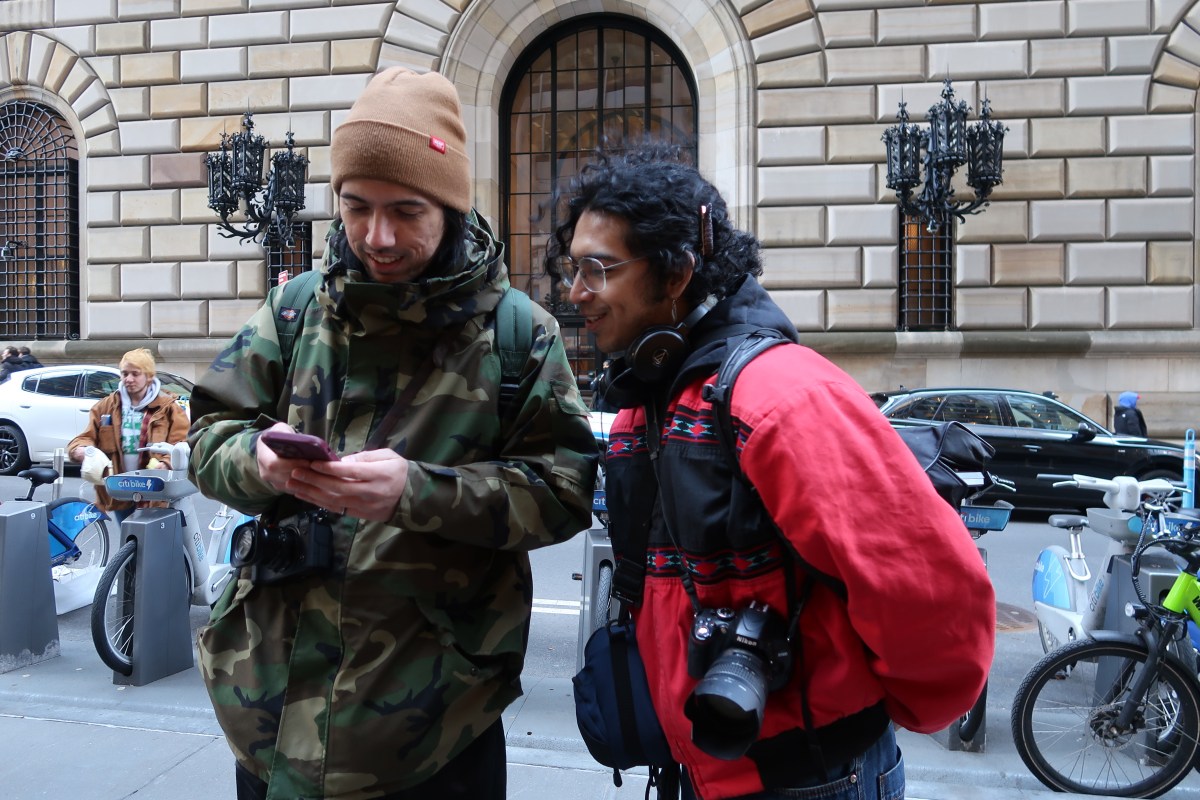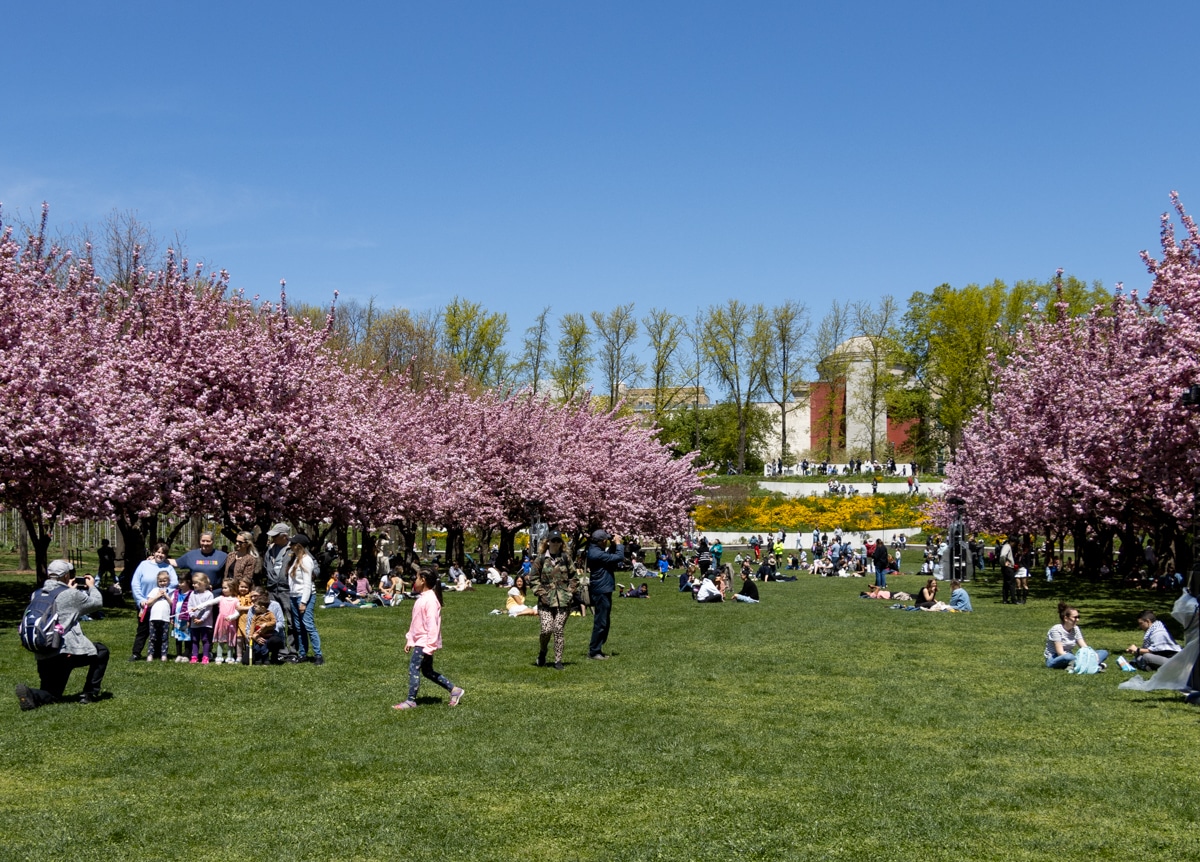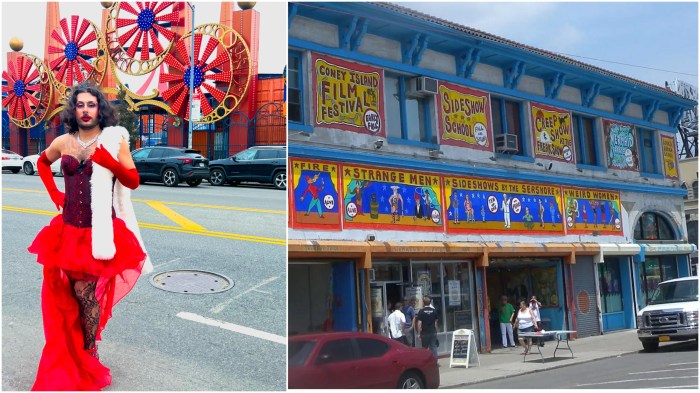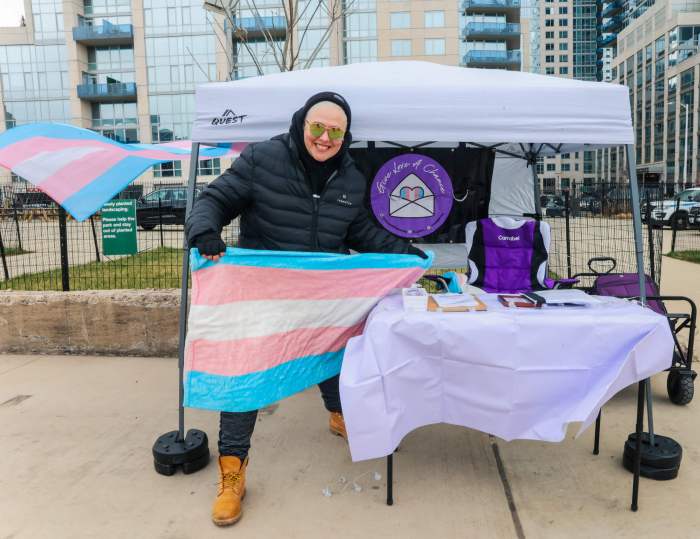The Metropolitan Transportation Authority is considering slashing service in two years to help pay off a $605 million deficit — even with a $14.5 billion infusion of federal COVID relief funds.
“The underlying structural problems still exist after the exceptional circumstances of the pandemic, as ridership forms a new normal and after we’ve exhausted the exceptional aid the MTA has received, the MTA will again face significant deficits,” said outgoing chairman and chief executive officer Pat Foye at the monthly MTA board meeting on Wednesday, July 21.
The service reduction, which MTA chief financial officer Bob Foran euphemistically called “right-sizing” in his July financial outlook presentation to the transit panel, would kick in by 2023 and bring in $632 million in savings for the agency by the end of 2025
While the MTA’s finances are in better shape than they were in February, the agency will still be down $605 million by 2025 if it doesn’t lower spending, Foran said.
Along with the service cuts, Foran included a two-year wage freeze for all MTA employees — except those with the Transport Workers Union Local 100 — which would make up another $734 million in savings through 2025. A third component is fare increases, which will pay off $819 million of the deficit by that time.
The scheduled biannual fare hike for 2021 appears to be off the table, two days after influential board member (and Governor Andrew Cuomo ally) Larry Schwartz vowed that transit bigs would not up the prices for riders, in order to encourage them back to public transit amid the recovery from the pandemic.
But transit gurus will now be tasked with finding an alternative and recurring source of revenues to make up for the lack of fare increases this year.
Several board members voiced their opposition to cutting service, with one member saying the fewer trains will fill up with commuters.
“That’s an odd way to re-attract people to the train, to tell them… ‘Oh you don’t have to pay more, but your head times are going to be greater and the train’s going to be more crowded when you get on and your fear of COVID will be amplified,'” said Norman Brown. “It’s clear to me it’s an exchange here. The good news for the customer is there’s been a fare freeze, but the bad news is the head times and the crowding of the trains will both work in the opposite direction.”
Board member Vincent Tessitore said the agency should find other ways than the cuts to pay down its deficits.
“I don’t think anybody on this board agrees that reducing service is going to be an ultimate goal even when we know we’re going to struggle to pay for things,” Tessitore said.
Foran said the projections were just that, projections, and they could still change if more people return to public transit than expected.
“A financial plan is merely a set of assumptions,” he said. “Things can change. I hope we see an improvement throughout our economy and I hope we see a continued improvement in ridership… Some of these things may not be necessary, some of these things can change and we want to be watching it and be ready for it.”
